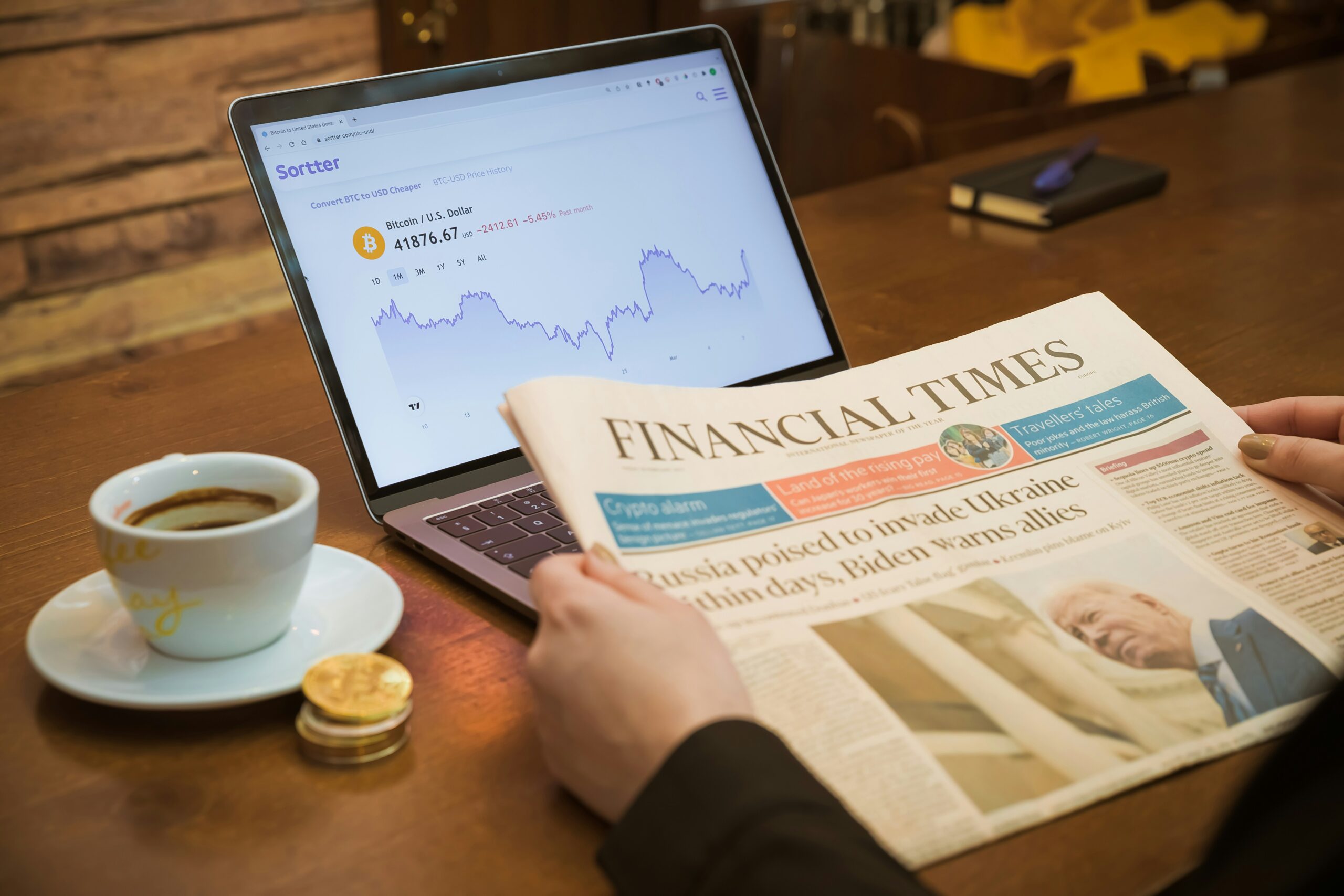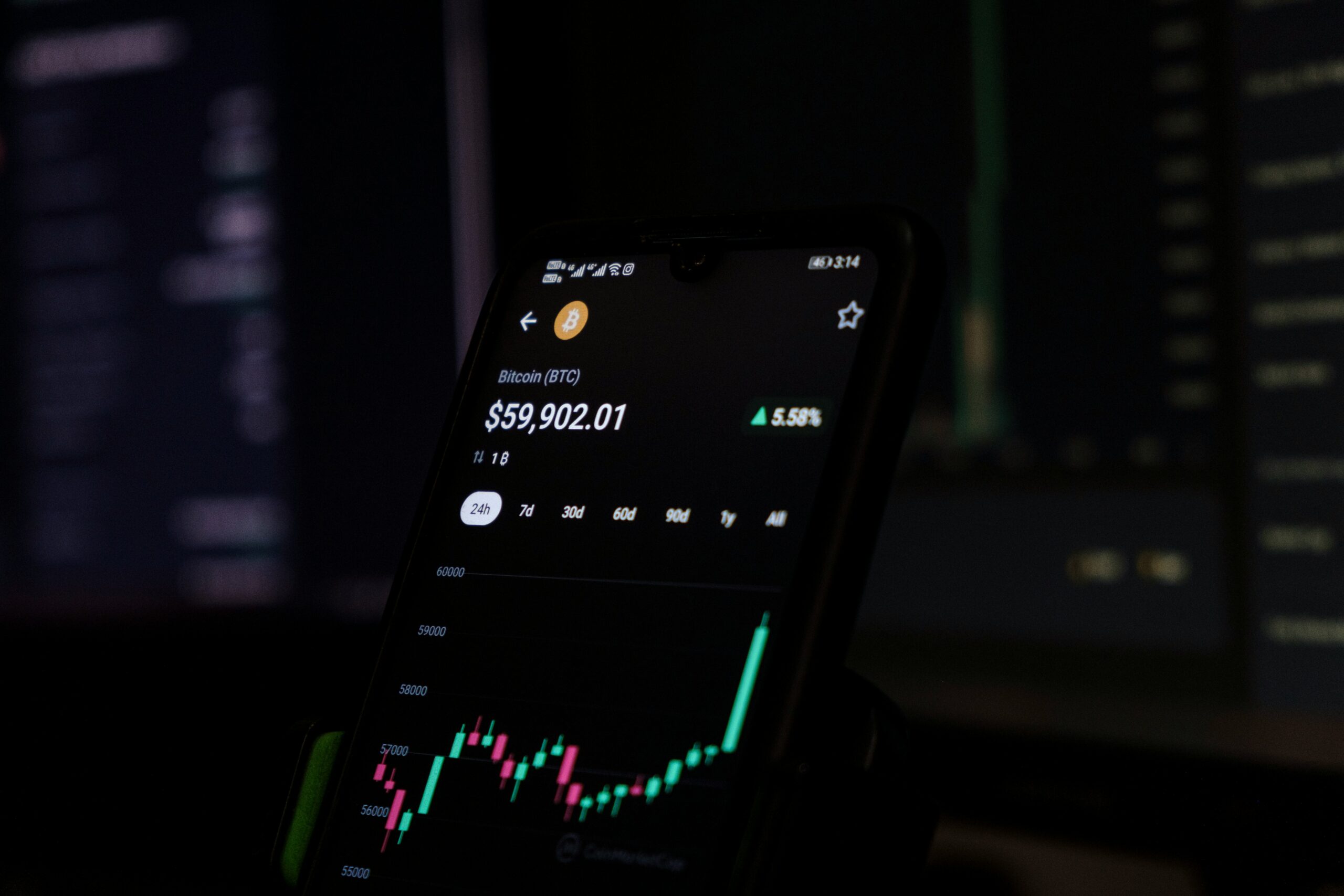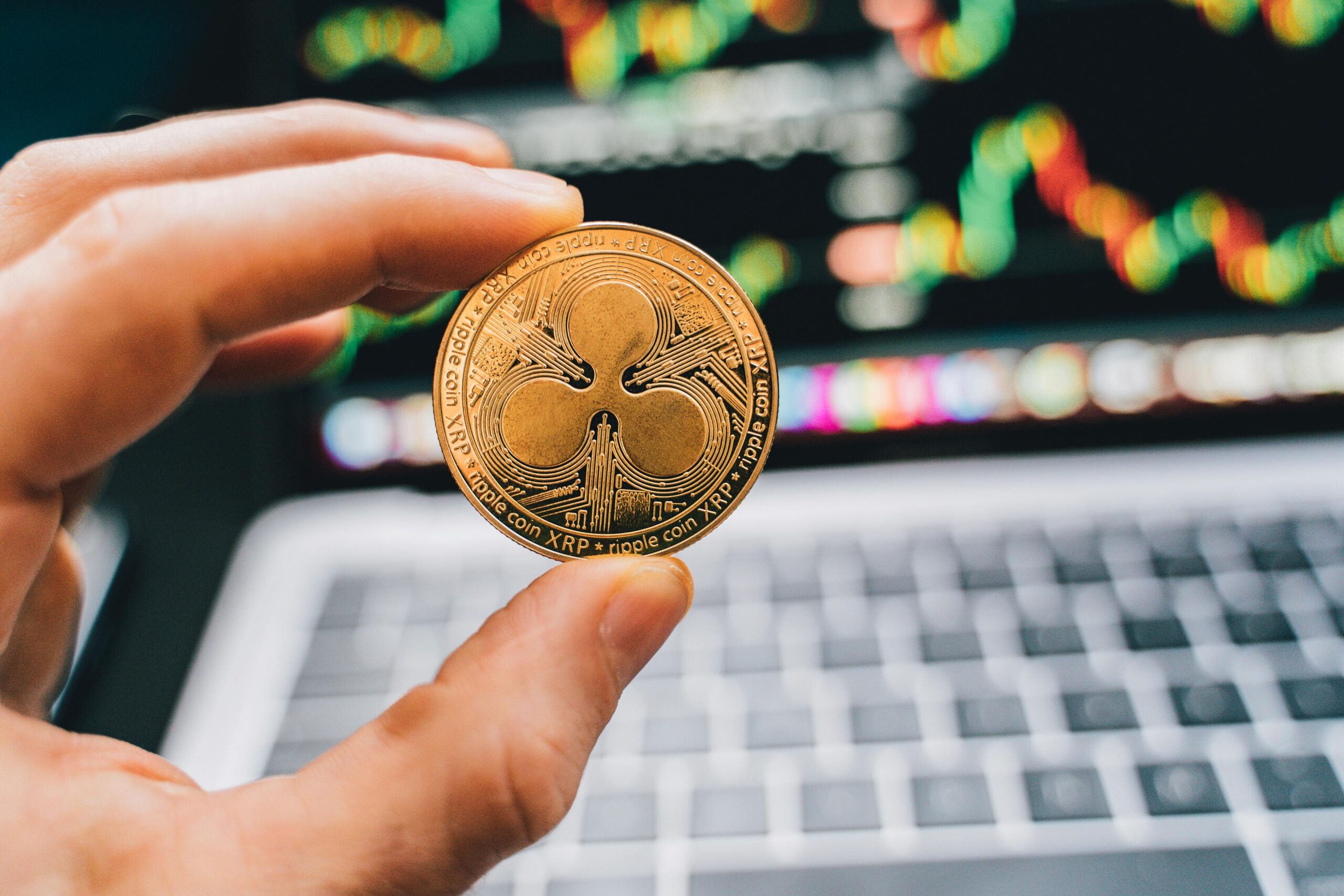Understanding Dual Investment Strategies
Dual investment strategy is often linked to the idea of “Buy Low, Sell High,” where investors look to benefit from price movements. However, executing this manually requires you to monitor markets 24/7. A more convenient alternative is to use automated tools. Binance provides Dual Investment products that let you set predefined buy or sell targets while earning yield, removing the stress of manual trading.
Before considering this strategy, understanding how crypto prices work can help analyze markets better. Cryptocurrency prices fluctuate based on factors such as demand, supply, trading activities, and macroeconomic events. These prices often follow trends within specific timeframes. For instance, weekly price movements are influenced by short-term trading activity, while monthly movements can be shaped by long-term events such as regulatory changes, new cryptocurrency launches, or shifts in investor sentiment.
In dual investment strategies, you select a timeframe and commit to either a Buy Low or Sell High product. With Buy Low, you deposit stablecoins and may acquire cryptocurrency at your target price on the settlement date, while still earning yield. With Sell High, you deposit crypto and may sell it at your chosen higher target price on the settlement date, again earning yield regardless of outcome. Analyzing price trends around a mean point can help when setting these targets.
To automate this process, Binance offers two separate products within Dual Investment: Buy Low and Sell High. The Auto-Compound feature can combine both products without requiring manual subscription after settlement. Depending on the plan selected, if your Buy Low product successfully acquires crypto, Auto-Compound may automatically subscribe you into a Sell High product, and vice versa. The Buy Low product lets you potentially acquire cryptocurrency at a specified lower price, while the Sell High product lets you potentially sell crypto at a targeted higher price — with both products providing yield during the lock-up period.
Selecting the Right Coins
The first step is to select the cryptocurrencies for Dual Investment. Some cryptocurrencies perform better within specific timeframes compared to others. For instance, a new cryptocurrency with rapidly growing value might look attractive for a monthly timeframe. In the early stages, you might use the Buy Low product to acquire this crypto at a target price and later use the Sell High product if the price rises. However, its value can also decrease over time, making it less suitable for ongoing Dual Investment strategies. New coins are riskier, although they can sometimes yield good returns.
BTC is generally a better coin for this strategy since it has more stable price movements with strong support and resistance levels. It can be a good asset for shorter timeframes, such as weekly investments. Bitcoin often experiences noticeable price fluctuations within a week, with identifiable peaks and troughs. BTC price fluctuated between $114,000 and $117,000 last week. Within these weekly fluctuations, you can analyze a mean point and then set a Buy Low target at a lower level and a Sell High target at a higher level.
The BTC stability and liquidity make it a viable option for Dual Investment strategies in shorter timeframes. For example, if a user invests 0.5 BTC, they could use the Buy Low strategy when the price is around $114,000 and the Sell High strategy when the price is around $118,000. Based on this range, if the Buy Low position is executed and later the Sell High position is reached, the user could obtain a profit of about $2,000 on 0.5 BTC from the price difference, in addition to the yield earned during the lock-up period.
Selecting the Right Parameters
One crucial step of the process is selecting the parameters once you have selected a coin for investment. While you cannot edit the target price once you’ve selected a product, you can choose from various positions with specified APR, target price, and settlement date. Once subscribed to a specific position, you cannot alter these parameters. Besides profits from price volatility, you also earn additional rewards. Although the target Buy Price cannot be edited, you can still choose to buy at or below the target price. This would buy crypto at a price point below the target price.
You can select the amount of crypto you want to buy or sell. Additionally, the Auto-Compound feature can help by automatically re-subscribing to the same product if the target price is not reached. Auto-Compound comes with two plans: Basic and Advanced. The Basic Plan re-subscribes to the same product with the next available settlement date if the target price is not achieved. It also re-adjusts the target price based on the changing market conditions. For instance, if BTC is currently priced at $110,000 and your initial Buy Low product has a target price of $109,000, the Basic Auto-Compound will re-subscribe to the product if the target is not reached. If BTC’s price drops to $109,000, which was the original target, the target price will be automatically re-adjusted to remain lower than the market price.
The APR listed next to each product includes not only the investment return but also additional rewards offered by Binance. And it varies with settlement dates.
Boost Returns with Advanced Auto-Compound
Advanced Auto-Compound works the same as the Basic Plan if the target is not reached and additionally creates an opposite investment position if the target is reached. This allows more automation in a Dual Investment strategy. For example, if a Sell High position sells your crypto at the target price, then Advanced Auto-Compound would create a Buy Low position with the next available settlement date. Similarly, it can create a Sell High position right after a Buy Low position acquires crypto for you, allowing you to generate profit without intervention.
However, it’s important to monitor your current investments and stay informed about crypto market trends, as Advanced Auto-Compound can create new positions even in declining markets. You can disable Auto-Compound up to 30 minutes before the settlement date if needed.
Risks of Dual Investment
One possible risk is that the market price can move in a direction opposite to what the Dual Investment product requires for good returns. For instance, if the crypto price reduces significantly below the target buy price at the settlement date, you would be buying crypto at a relatively higher price. And when the crypto price increases far beyond the target high price, you would still be selling at a relatively low price. The profit acquired can be low, resulting in a missed opportunity.
Another downside is that the target may not always be reached if price reversals happen when close to the target. This is where Auto-Compound can be helpful for re-targeting the investment at target prices.
Manual Dual Investment might seem like a better strategy in such situations. Because, in such an approach, you have more control over when you can buy and sell, but you won’t get the benefits of additional yields (that come from interest products).
Alternative to Binance Dual Investment Strategy
While Dual Investment can be profitable by automatically buying crypto at a low price and selling at a high price, it may not give the best returns. Grid trading is similar to Dual Investment, where you buy crypto at a low price level and sell at a higher one. The major difference is that you run multiple grids around a predefined price range, buying at low prices and selling at high without having to wait for a settlement date. Furthermore, a Dual Investment product comes with additional interest earnings, while grid trading generates profits only from price movements.
With a grid trading bot, you can set custom lower and higher price levels for buying and selling, respectively. The orders are executed automatically — second grid after the first one, and so on. If BTC is $113,000, a grid might buy at $112,000 and sell at $114,000, then repeat automatically.
Dual Investment is better for investors seeking passive yields and price-target execution, while grid trading works best in highly volatile price ranges for more active profit-taking. Choosing between them depends on your risk tolerance, market outlook, and preference for automation.


